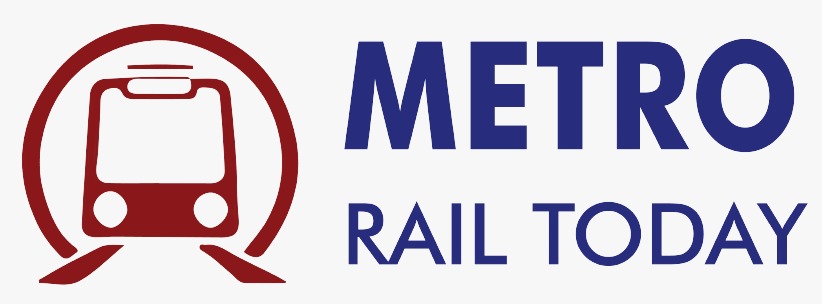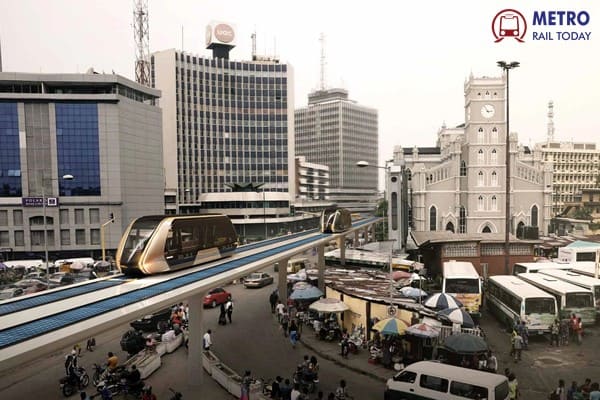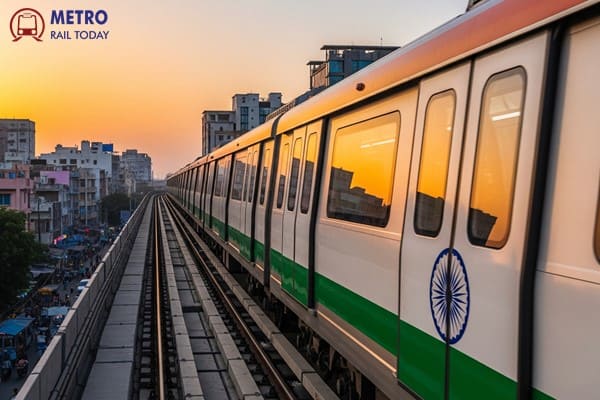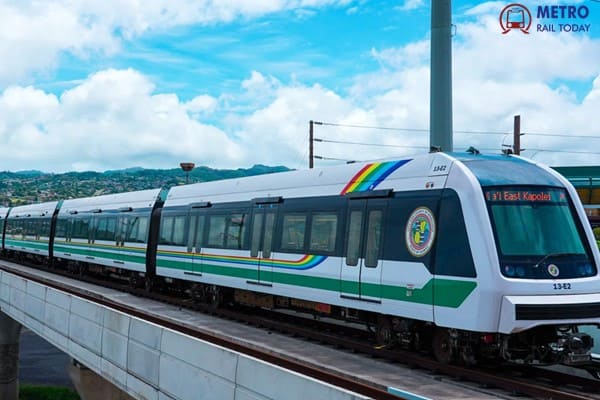 MRT Corp to finalise contractor for construction of 29.5 km Penang LRT Mutiara Line
MRT Corp to finalise contractor for construction of 29.5 km Penang LRT Mutiara Line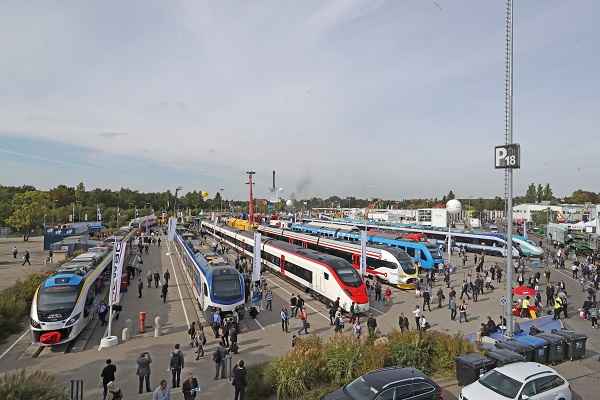 Global Rail Industry to Reach $436Bn by 2030 - Digitalization and Sustainability Lead the Track
Global Rail Industry to Reach $436Bn by 2030 - Digitalization and Sustainability Lead the Track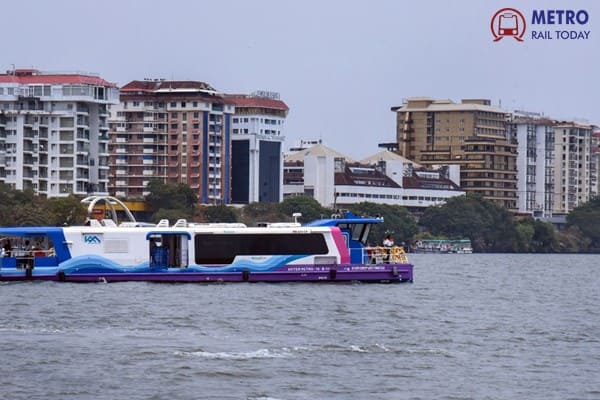 Delhi Metro enters Maritime Logistics Sector with Deendayal Port e-FTS Project
Delhi Metro enters Maritime Logistics Sector with Deendayal Port e-FTS Project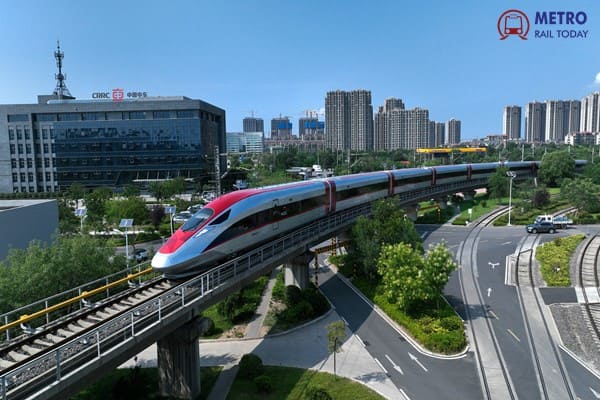 China’s CR450 Bullet Train hits 450 kmph, Becomes fastest Train in the World
China’s CR450 Bullet Train hits 450 kmph, Becomes fastest Train in the World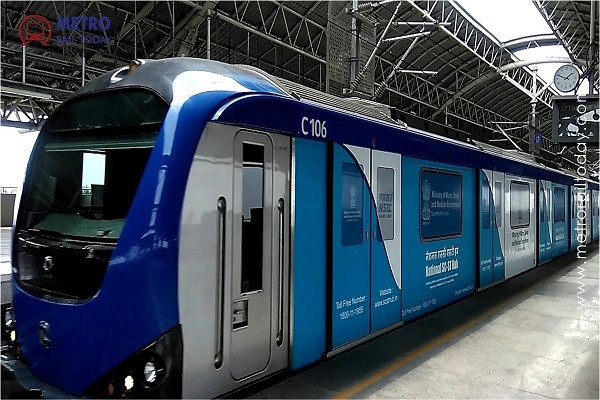 Faiveley signs ₹48.33 cr contract to install Anti-Drag Safety System in Chennai Metro Phase 1 Trains
Faiveley signs ₹48.33 cr contract to install Anti-Drag Safety System in Chennai Metro Phase 1 Trains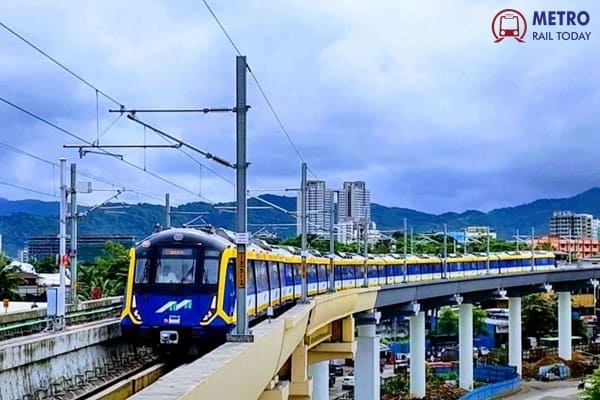 Tender floated to appoint Consultant for ₹23,487 crore Mumbai Metro Line 11
Tender floated to appoint Consultant for ₹23,487 crore Mumbai Metro Line 11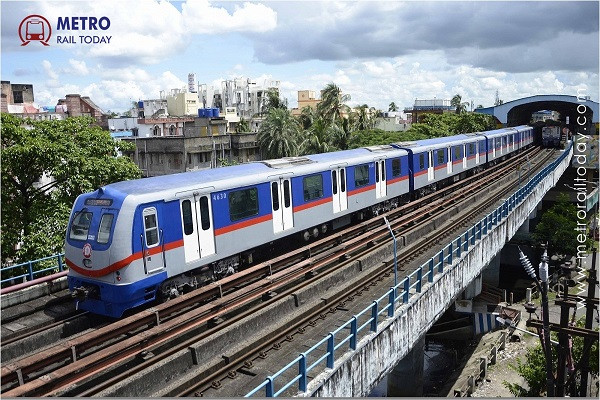 Kolkata Metro invites Bids for ₹43.2 Crore Aluminium Third Rail installation on Blue Line
Kolkata Metro invites Bids for ₹43.2 Crore Aluminium Third Rail installation on Blue Line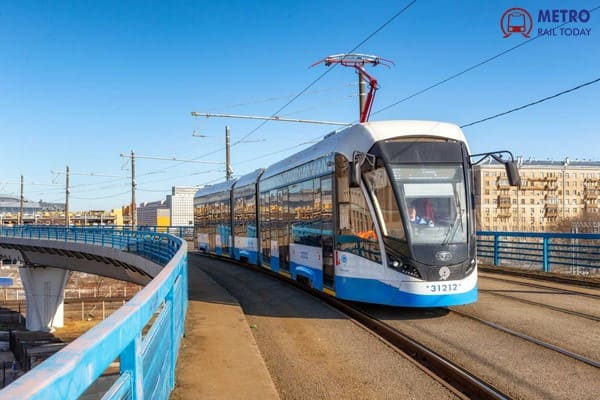 Alstom rolls out first Flexity 2 Tram for Melbourne’s Next-Gen G Class Fleet
Alstom rolls out first Flexity 2 Tram for Melbourne’s Next-Gen G Class Fleet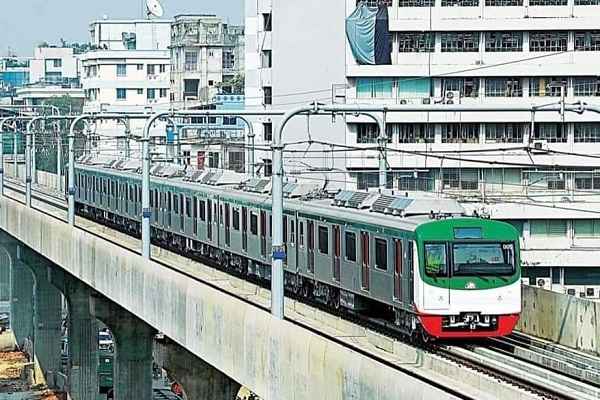 Bearing Pad falls from Dhaka Metro Rail Viaduct, Killed One Pedestrian, Two Injured
Bearing Pad falls from Dhaka Metro Rail Viaduct, Killed One Pedestrian, Two Injured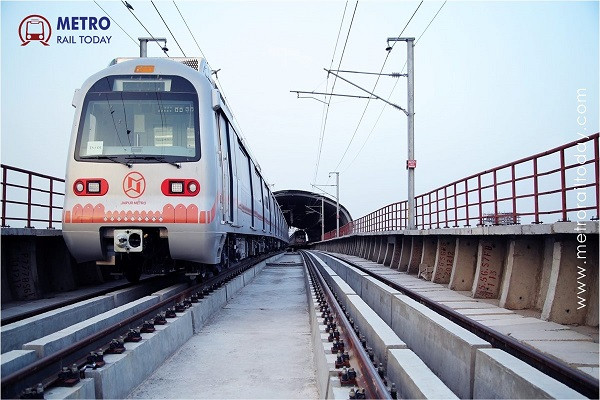 First global civil tender worth ₹1,145 crore launched for Jaipur Metro Phase 2 Project
First global civil tender worth ₹1,145 crore launched for Jaipur Metro Phase 2 Project
KAVACH: Analysis on India’s own protection system for enabling High Speed Rail operations
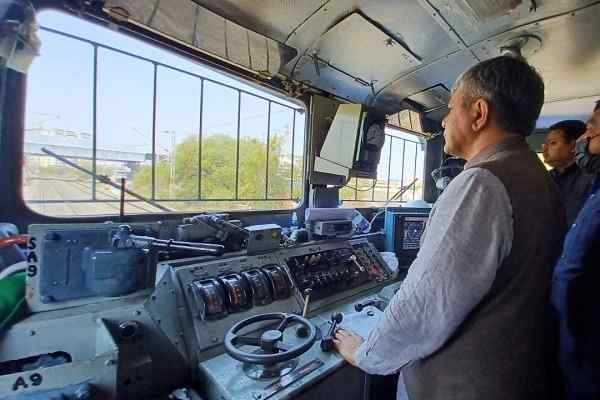
On 4th March 2022, Union Railway Minister Ashwani Vaishanw participated in KAVACH trial near Hyderabad, whose potential is at par with ETCS -2 of European Railways.
In 2003-2006 as Chief Safety Officer NFR, I had commissioned the Anti-Collision Device developed by Kernex with Konkan Railway Corporation Ltd (KRCL). It was a GPS-based system and was supposed to provide protection when signalling system failed. Ultimately, the scheme had to be abandoned after major short comings were found in the system.
KAVACH (earlier called Train Collision Avoidance System) is also a CAB-BASED signalling system with KAVACH installed in stations, locos and other points using radio communication to talk to each other taking inputs from odometer in loco and RFID equipment provided on track and at LCs.
RDSO has approved three firms viz. Medha Servo Drives, HBL and KERNEX for providing KAVACH equipment. Tenders have been floated to provide Kavach cover in selected routes. Cost of KAVACH cover is currently coming around Rs 40-50 lakhs per route KM. The locomotive KAVACH costs around Rs 25-30 lakhs per Locomotives.
Following points are noted-
- Vulnerability of KAVACH to rogue road vehicle dashing past a closed LC gate and coming on tacks in train. (Remedy-eliminate LCs from high speed routes)
- Stray cattle / fallen boulders coming on the track. (Remedy- erect boundary wall)
- Radio communication failure in GHAT sections, tunnels etc . (Remedy- Special action to patch shadows)
- The KAVACH will be effective 100% only if all self-propelled vehicles (numbering around 15000 on Indian Railways network) including besides locomotives MEMUs/EMUs, Tower Wagons, etc moving in KAVACH territory are having KAVACH. Presently only few hundreds of locomotives are being provided with KAVACH. Movement of Self-propelled vehicles besides locos are not restricted by zonal or divisional boundaries. So It can’t be ensured that only self-propelled vehicles provided with KAVACH shall ply in the KAVACH territory. Making the system vulnerable to an encounter between haves and have-nots.
- Temporary and emergency caution orders will need to be fed manually on a real time basis into the system and a protocol for that will need to be devised.
- Necessary changes in G& SR (the Railway’s own SOP for operations) will need to be incorporated.
- Training of field staff.
Further, it needs to be noted that KAVACH is only one of the component of the high speed Rail operations ECO system.
Upgradation of track (easing out curves, eliminating road xings), and OHE have to be in place. Most important being elimination of large number of LCs, permanent speed restrictions, 2x25 kv OHE, boundary wall etc. to ensure safety.
Commissioning of DFCs while decongesting the system is not expected to result in 100% segregation of Freight and coaching streams.
